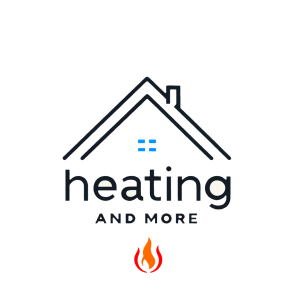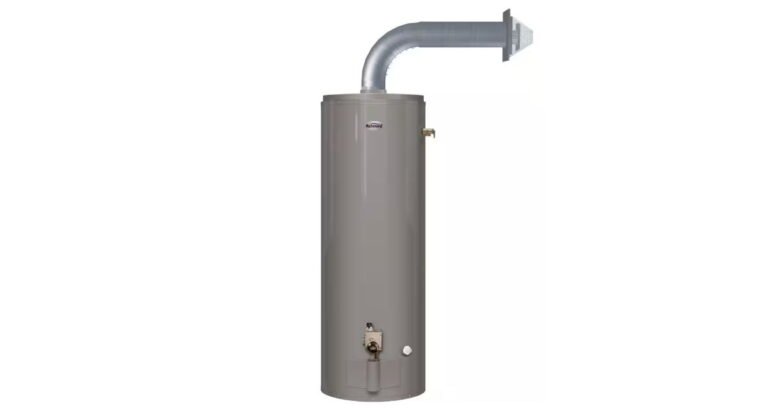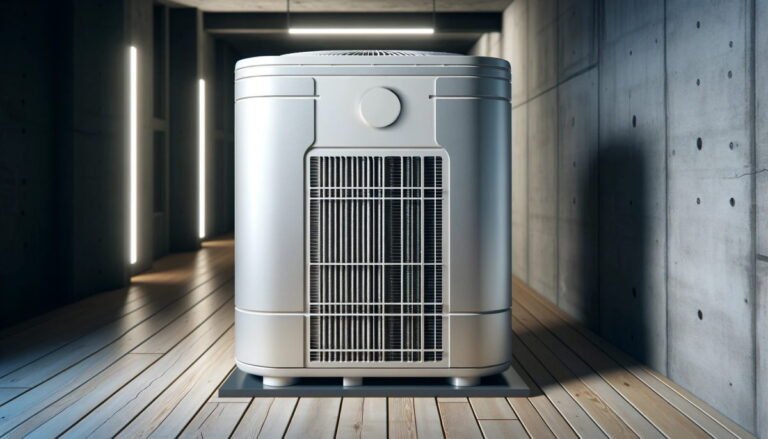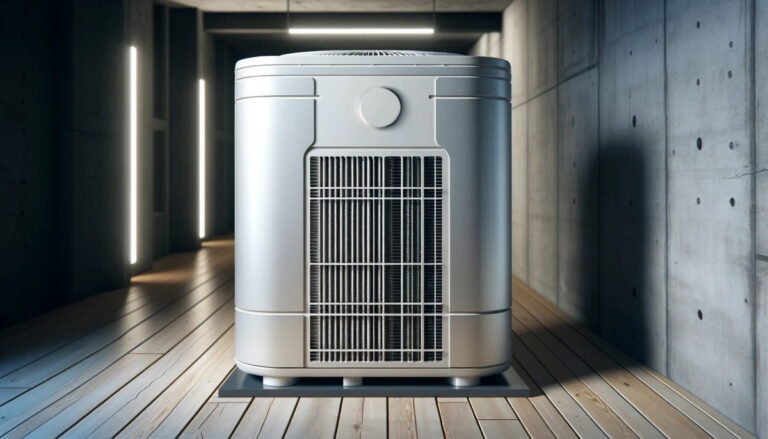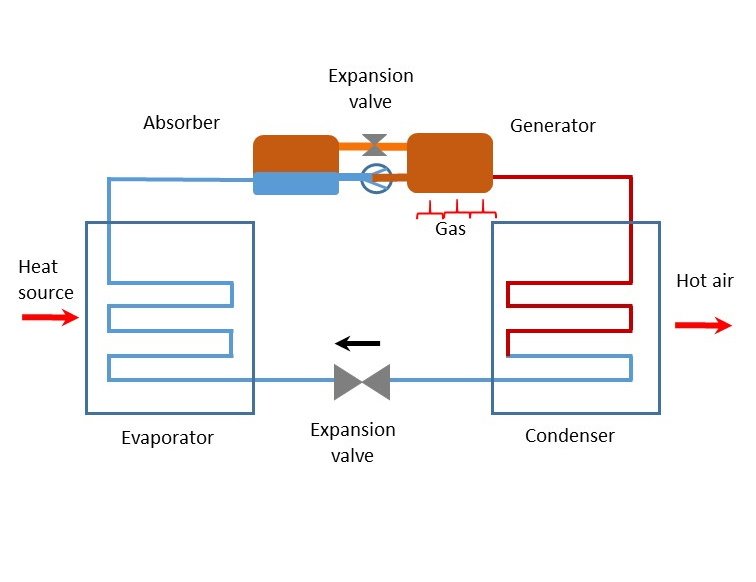Heat Pump Not Cooling? Here’s What You Need to Know
Heat pumps are essential not only in the winter for heating our homes but also in the summer to cool them down. Just as lack of heat is a common winter problem, a heat pump not cooling during the summer is also a frequent issue.
This article will discuss what to do if your heat pump is not cooling or doesn’t provide enough cold air.
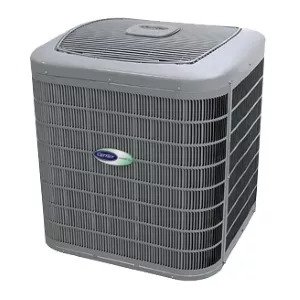
Why Is the Heat Pump Not Cooling?
There are various reasons why your heat pump might stop blowing cold air. Fortunately, many of these are similar to common winter problems with heat pumps, and the fixes often overlap. We’ll start with issues you can address yourself and move on to those requiring professional help and regular maintenance. We’ll also provide tips to help your heat pump cool your home more efficiently.
Here are the most common reasons your heat pump might have air conditioning issues:
- A thermostat is not set up correctly or is malfunctioning
- One of the elements is not running correctly
- The outside unit is dirty and is blocking the air movement
- Ice build-up on coils
- Refrigerant or air duct leaks
- Faulty valves
Thermostat Problems
Before you try to fix the heat pump, always check the thermostat first. It’s possible that your thermostat is set to “HEAT,” “FAN,” or it is off. The “HEAT” setting will cause your heat pump to operate in heating mode, blowing warm air. Set the thermostat to cool mode, a few degrees below your room’s temperature, to prompt cooling.
If nothing happens after setting it to cool, the thermostat might be unresponsive, not calibrated, or malfunctioning. In this case, you might need to replace it. A simple manual thermostat is affordable, but if you prefer convenience, consider a smart thermostat compatible with Google or Alexa, or one with Wi-Fi and voice control.
If your thermostat is new and set correctly, it’s time to check your heat pump or call a technician.
Heat Pump Is Not Running
After checking your thermostat that is working fine, check your outdoor unit next. Never dismiss the possibility that the heat pump’s fan might have stopped running. You can do the following for this situation:
- Check your circuit breakers or fuses if your unit isn’t running while switched on. The system runs on 220/240 Volts, and both indoor and outdoor units’ breakers have to be checked. Also, there might not be power delivered to the unit at all.
- Make sure to check the wiring between the outdoor unit and the thermostat, so there is communication. Many needed repairs to HVAC units happen due to faulty or loose wiring.
- If the unit seems to be fine, check if your outdoor unit has a reset button and press it. It might fix the problem.
However, if none of these tips seem to be working, something else might need fixing. In this case, it’s best to call the local technician.
Low Volume of Cold Air
One of the problems that usually happen with heat pumps in summer is that the air isn’t very cold, and it takes the heat pump a long time to cool a room. Some of the reasons are the low air pressure or low volume of cold air through the vents.
Check the airflow in the vents. If there is no airflow, check the air handler. If there is not enough air blowing out of the vents, check your air filter. The air filter needs to be cleaned if dirty or replaced.
Heat pumps perform less efficiently from lack of airflow. Clogged components, particularly the coils and the air filter, can restrict airflow. Check these parts first once you’re sure that the thermostat and the electricity are alright. The air might not cool and get through properly if your coils and filters are clogged with dirt and debris. You may also want to check your condenser and fins as well.
You can fix this by cleaning them. For the outdoor coils, clean them by gently hosing them down with water. Don’t use pressure wash as it may damage the coils. You can use rags or soft brushes for parts that are hard to reach. For air filters, you can either clean or replace them, depending on specifications.
For example, fiberglass filters should be replaced every month, while electrostatic filters can be washed every 3 months. Regardless, make sure to check your heat pump every month.
Indoor Coil Frosted Over
A heat pump may also not be cooling because its indoor coil got iced. The indoor coil in the air handler gets cold when the heat pump is in cool mode. It will be more susceptible to freezing if condensation comes into contact with it. The condensation occurs from your unit dehumidifying your home. The low refrigerant charge can also result in a frozen coil.
Fortunately, this doesn’t need much to fix. Some heat pumps can defrost the indoor coils by drawing in heat from the outside. It does it automatically by reversing the refrigerant flow. This might be another reason your heat pump is not cooling your home. Wait for 30 to 45 minutes before doing anything.
Turn the system to “FAN” mode so the warm air from inside the house can flow over the frozen coils and defrost it.
Refrigerant and Duct Leaks
A heat pump’s refrigerant is another crucial part of its system. It’s this liquid that transfers heat from your home to the outside and vice versa. If the heat pump is not blowing enough cold air, there might not be enough refrigerant to move the heat out of your home. In other words, the unit’s refrigerant is most likely leaking. Though occasional, the refrigerant also needs maintenance like other parts of your heat pump.
The refrigerant is not the only part susceptible to leaks. You might also want to check your ductwork too. Leaks or cracks in the ducts might keep the cold from efficiently cooling your home. You need to regularly check on the ducts to make sure the air is distributed efficiently.
Faulty Valves
Ideally, you should only check the valves if everything else is working fine. The valves ensure that the refrigerant flows in the proper direction, and there are several of them: thermal expansion valve, reversing valve, and flow control valves.
Checking these valves is a last resort because the heat pump will malfunction badly if the valves do. For example, if your heat pump is working in the heat mode but is not in cooling mode, you might have a bad reversing valve. Though they can endure the flow pressure of the refrigerant, they still need maintenance. This is best left to professionals.
Tips to Help Maintain a Heat Pump
There are ways to keep your home cool and lessen your heat pump’s workload. Here are some tips you can consider:
- Turn off your dehumidifier. The heat pump is already doing that.
- Check your insulation. Your room might not cool down even with a working heat pump due to insulation leaks.
- Keep your doors and windows closed when the heat pump is running.
- Keep the vents open. This will help keep pressure off your ducts and keep airflow efficient around your home.
Here are the tips and solutions you can use when your heat pump stops blowing cool air. There are measures you can do on your own. But when in doubt, don’t forget to contact your local HVAC service for proper maintenance.
More About Heat Pumps

Compare Ductless Mini-Split Heat Pumps vs. Window Heat Pumps: Which Is Right for You?
In this article, we are going to look at ductless mini-split heat pumps vs. window heat pumps, examine how each…

Explore the Differences: How Ductless vs. Ducted Heat Pumps Compare
Deciding between ductless vs. ducted heat pumps is as easy as planning a holiday. You know it’s going to cost…
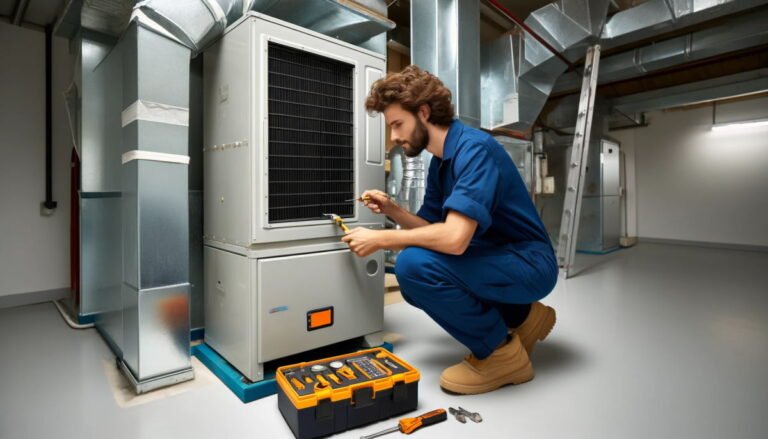
How to Improve Performance of Your Heat Pump Easily
Improving the performance of your heat pump is essential for maximizing its efficiency, reducing energy costs, and ensuring consistent home…
